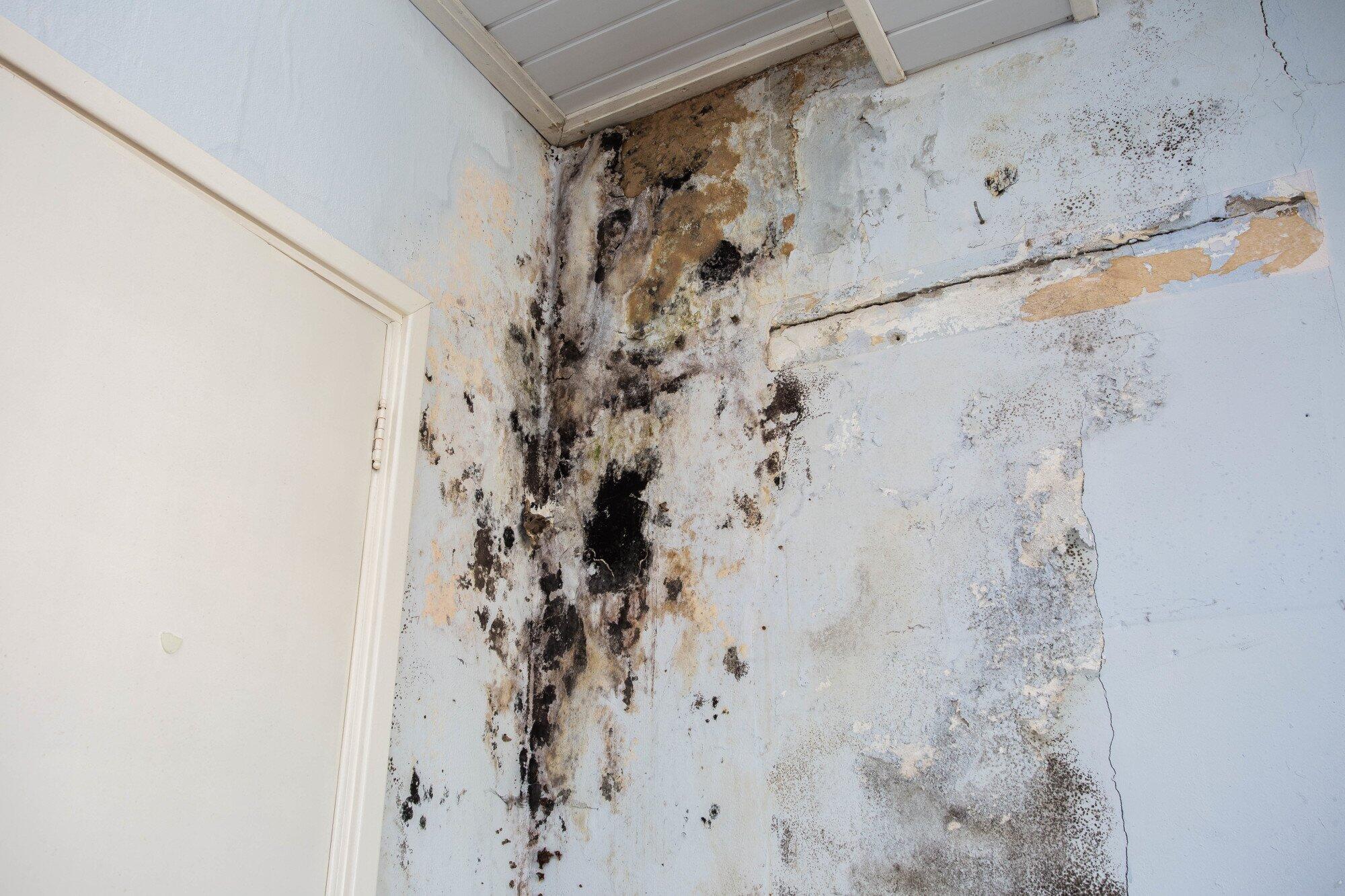Brown Mold in Houses: Dangers, Detection, and Removal
Around 70% of homes have mold, which should be cause for concern. Even if you do your best to keep humidity levels down in your house, mold spores may be growing in recesses you haven’t even considered.
Most people know about black mold and are on the lookout for it, but the fact is, various types of mold that can be lurking on your property. For example, there’s brown mold, which may cause issues for some.
Read on to find out everything you need to know about brown mold to keep your home safe.
The Dangers of Brown Mold
Brown mold’s scientific name is Stachybotrys chartarum and is commonly found in homes and buildings.
One reason for concern is that it can produce mycotoxins, which are toxic substances that can cause health problems when inhaled or touched. They include respiratory problems, allergic reactions, sinus infections, fatigue, headaches, and even neurological symptoms in some cases.
In addition, brown mold can have an unpleasant musty and earthy smell. It can also cause structural damage to your home by deteriorating materials like wood, drywall, and insulation. As a result, this can weaken your house’s structure and lead to costly repairs.
How to Detect Brown Mold
Brown mold typically thrives in areas with excessive moisture and organic material, such as drywall, wood, or paper products. So first, conduct a visual inspection; look for a furry brown appearance on walls, ceilings, floors, and other surfaces.
While doing the inspection, watch out for musty or moldy odors in your home, especially in areas prone to moisture. Double-check areas with water leaks, high humidity levels, or poor ventilation.
How to Remove Brown Mold
To get rid of brown mold for good, you have to address moisture issues. Identify and fix any sources of moisture in your home. This will prevent future mold growth.
Otherwise, don protective gear, such as gloves, goggles, and a mask. Use a solution of detergent and water to scrub affected areas; for more stubborn mold growth, you may need to use specialized mold cleaners or fungicides.
If you have a severe infestation, it may be necessary to remove and replace damaged materials. For more serious cases, you can get professional remediation, as the experts can safely and effectively remove mold and restore your home.
Or you can go to these guys to sell your house as-is if your property is too far gone. This will allow you to start over fresh in a mold-free house.
Keep Your Household Safe
Mold spores are everywhere, which means you have to be proactive about preventing their growth. Plus, you have to be vigilant and check for growth so you can eliminate it ASAP.
Now that you know what brown mold is and what to look out for, it’ll be easier to maintain your property. You and your loved ones will be able to breathe easy and live somewhere you feel safe in.
Check out more of our blog page to read about real estate and home topics.

